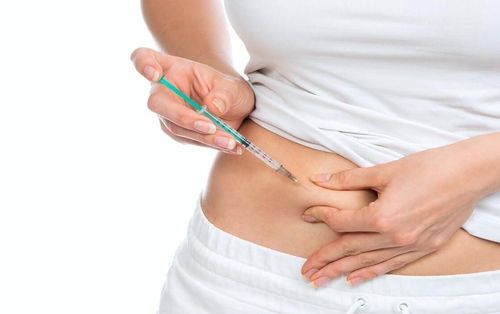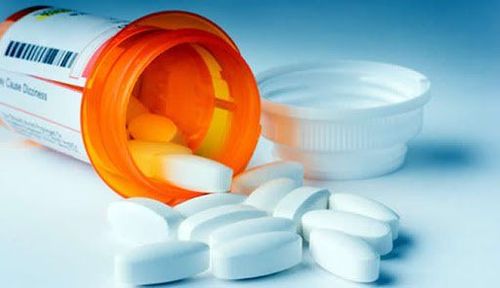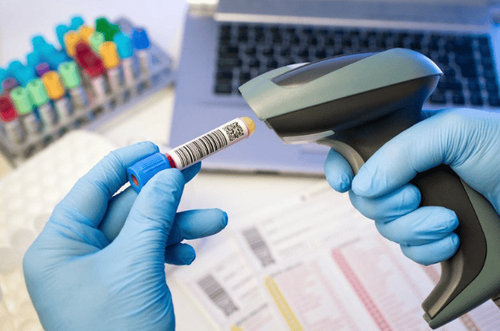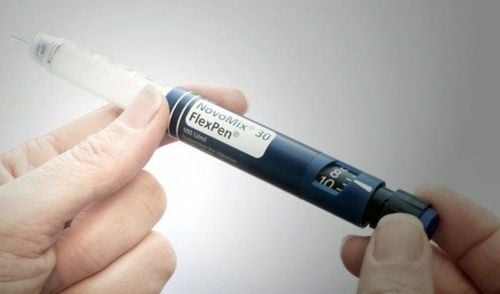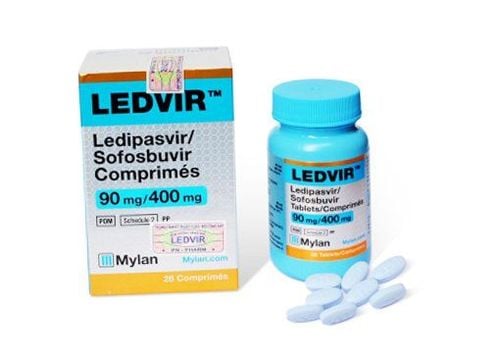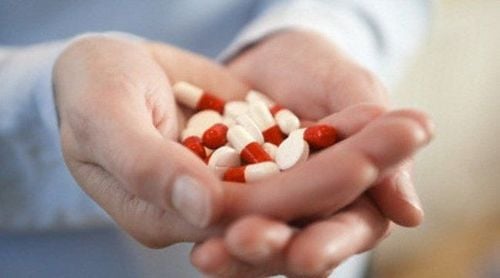This is an automatically translated article.
The article is professionally consulted by Master, Doctor Nguyen Thi Ngoc - General Internal Medicine - Endocrinology - Department of Examination & Internal Medicine - Vinmec Central Park International General Hospital. Doctor has more than 10 years of studying, researching and working in the field of endocrinology.Type 2 diabetes is a chronic disease related to hormonal disorders, characterized by increased blood glucose levels, disturbances in carbohydrate, lipid, and protein metabolism. When having type 2 diabetes, patients will be at risk of kidney, fundus, neurological and cardiovascular diseases. Because of such serious complications, the diagnosis of type 2 diabetes is extremely important for prompt treatment.
1. Mechanism of type 2 diabetes
The pathogenesis of type 2 diabetes includes impaired beta cell function and insulin resistance. Patients with type 2 diabetes who are insulin resistant are often overweight and obese. People in the pre-diabetic stage will also have insulin resistance. Besides insulin resistance, people with type 2 diabetes also have insulin deficiency, especially when the fasting plasma glucose is greater than 10 mmol/L. Serious complications of type 2 diabetes are blindness, cardiovascular disease, trunk disease, lower limb amputation...2. Diagnosing type 2 diabetes

Nghiệm pháp dung nạp glucose đường uống, được tiến hành khi bệnh nhân đã nhịn đói qua đêm
Hemoglobin A1C test for long-term blood sugar measurement, which can determine the average blood sugar of a patient over several months prior to. The higher the hemoglobin A1C, the higher the blood sugar will be.
Fasting blood sugar test is done when the patient fasts overnight, if this index is higher than 2 times of testing, it will mean type 2 diabetes.
Random blood sugar test, performed randomly to diagnose diabetes.
Oral glucose tolerance test, performed when the patient has fasted overnight. The patient was given fluids containing sugar and had her blood sugar checked periodically thereafter to make a diagnosis of type 2 diabetes. This is also the test used to diagnose gestational diabetes.
2.1 Diagnosis of pre-diabetes When pre-diabetes is diagnosed, the following will occur:
Glucose intolerance: When the plasma glucose level 2 hours after the implementation of glucose tolerance therapy. Oral blood glucose range from 7.8 mmol/L (140mg/gL) to 11.0 mmol/L (200 mg/dL. Disturbances of fasting blood glucose : When fasting plasma glucose concentration (usually about 8 hours after eating) from 5.6 mmol/L (100 mg/dL) to 6.9 mmol/L (125 mg/dL) and glucose at 2 h in the glucose tolerance test less than 7.8 mmol/L (< 140 mg/dL) HbA1C between 5.6% to 6.4% 2.2 Diagnosis of diabetes In order to accurately diagnose type 2 diabetes, it is necessary to rely on the WHO, IDF-2012 blood sugar diagnostic criteria as follows:
Blood glucose content fasting plasma concentration ≥ 7.0 mmol/L (≥126 mg/dL), or
Blood glucose concentration ≥ 11.1 mmol/L (≥200 mg/dL) 2 hours after oral glucose tolerance, or
HbA1C 6.5% (48 mmol/mol according to the standard of International Federation of Clinical Biochemistry (IFCC), or
Presence of clinical symptoms of diabetes and glucose levels at any time ≥ 11.1 mmol/L (≥200 mg/dL).
Some notes when diagnosing type 2 diabetes are:
When testing for fasting plasma glucose or oral hyperglycemia tolerance, it must be done twice in 2 different days.
If diabetes is diagnosed but the fasting blood glucose level is normal, the doctor should specify the diagnostic method in the diagnosis.
It is necessary to clearly classify when making a diagnosis, including: comparison of type 1 and type 2 diabetes, special types, defective beta cell function, cases of decreased insulin activity due to genes, pancreatic diseases exocrine, other endocrine disease, drug or chemical, infectious cause, gestational diabetes, chromosomal disease...
2.3 Early diagnosis of type 2 diabetes For early diagnosis of diabetes Type 2 diabetes, need to pay attention to those at high risk of developing type 2 diabetes including:
People over 45 years old People with BMI greater than 23 People with systolic blood pressure 140 mmHg or/and diastolic blood pressure 85 mmHg

Người có chỉ số BMI lớn hơn 23 có nguy cơ cao mắc phải đái tháo đường tuýp 2
At Vinmec hospital, we always deploy a screening package for diabetes and dyslipidemia to help detect pre-diabetes early, accurately classify diabetes type, develop a nutritional regimen, and monitor the treatment of diabetes. risks and complications caused by diabetes.
Please dial HOTLINE for more information or register for an appointment HERE. Download MyVinmec app to make appointments faster and to manage your bookings easily.




